Pdf The Battle Of Hastings 1066
In change for their services, William promised them a share of the land and wealth of England. William additionally had talks with Pope Alexander II in his campaign to realize the throne of England. William also had to arrange the building of the ships to take his massive army to England. About seven-hundred ships have been able to sail in August but William needed to wait a further month for a change in the path of the wind. The Bayeux Tapestry describes the Norman invasion of England and the events that led up to it. It is believed that the Tapestry was commissioned by Bishop Odo, bishop of Bayeux and the half-brother of William the Conqueror.
On 14 October 1066, Norman invaders led by Duke William of Normandy received a decisive victory over the Anglo-Saxon King Harold Godwinson. For the anniversary of the Battle of Hastings, we revisit Marc Morris’ brilliantly constructed narrative of the Battle of Hastings, and all of the build-up. Taking us from the sources of William, Harold and Harold’s claims to the throne all the method in which to William’s rule, Marc’s account is as comprehe… A new biography of the Norman king who conquered England in 1066, altering the course of the nation forever. French legend maintained the tapestry was commissioned and created by Queen Matilda, William the Conqueror’s spouse, and her ladies-in-waiting.
It seems that pockets of Normans, inspired by William, rallied and in one of many mini battles that followed Leofwine was killed. This had a disconcerting influence on Harold, who lost concentration. Harold retreated to the top of the hill and sustained another Norman assault. This was in all probability the bloodiest part of the complete battle, and on this phase, though the shieldwall held and the Normans were once again driven off, Gyrth was killed.
Tostig asked what his brother Harold could be prepared to provide Hardrada for his hassle. The rider replied “Seven ft of English floor, as he is taller than different males.” Then he rode again to the Saxon host. Hardrada was impressed by the rider’s boldness, and asked Tostig who he was.
During the early morning of the next https://www.iupac2011.org/Pages/Hotels.html day, October 14, Harold’s military watched as a long column of Norman warriors marched to the bottom of the hill and fashioned a battle line. Separated by a couple of hundred yards, the traces of the 2 armies traded taunts and insults. At a sign, the Norman archers took their position on the entrance of the line. The English on the prime of the hill responded by raising their shields above their heads forming a shield-wall to guard them from the rain of arrows. Because of this lack of resistance, William would survive long sufficient to successfully discovered a Norman dynasty of English kings and alter the English lineage irrevocably.
Threatened by Harold’s fleet, Tostig moved north and raided in East Anglia and Lincolnshire. Hardrada’s army was further augmented by the forces of Tostig, who supported the Norwegian king’s bid for the throne. In late 1066, Duke William the Conqueror started a marketing campaign to beat the Anglo-Saxon lands south of the River Thames within the aftermath of the Battle of Hastings and before his march on London.
Most of those had been transported throughout the Channel with William’s main flotilla however a considerable number would have been corralled in England through the few weeks of pillaging by the Normans. In 1088, Alan led the loyal few in alliance with the English Fyrd, to victory over Odo of Bayeux’s barons, adopted up in 1091 with the annexation of half of Normandy. Not many wished to know even that much, not many have been anticipated to remember. These days schools are ‘examination factories’ so detail is brushed over for the sake of ‘mileage lined’. Most knights in these days wore (leather?) gloves which wore out frequently with heavy driving. While under siege for rebelling against the young Duke William, Roger I of Montgomery poisoned a pair of alternative gloves to kill Alan III of Brittany, Fergant’s maternal grandfather and William’s guardian.
With the elimination of much of the ruling elite, William the Conqueror and his Norman allies took over the controls of a remarkably centralised Anglo-Saxon state. Historian David Howarth thinks Harold was destroyed, not by end-to-end history-making marches, nor by superior armor. In his view, the papal flag, the specter of excommunication, and Harold’s personal exhausted confidence misplaced the battle. He let his men sit still in a defensive place whereas William lofted arrows over their shields and into their ranks. He received the struggle when folks like Harold’s sister and the Archbishop of Canterbury joined him. The English held firm and eventually the Normans have been pressured to retreat.




